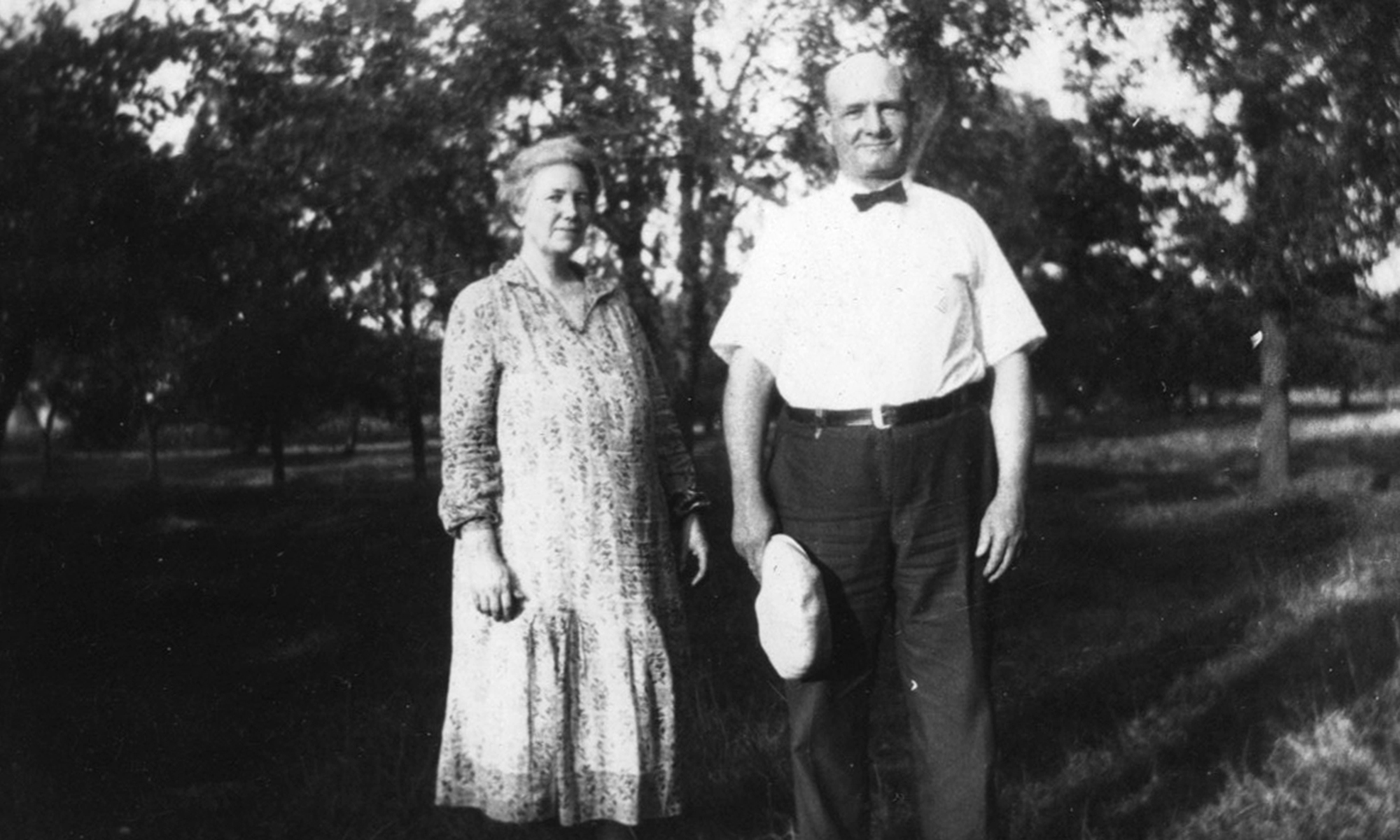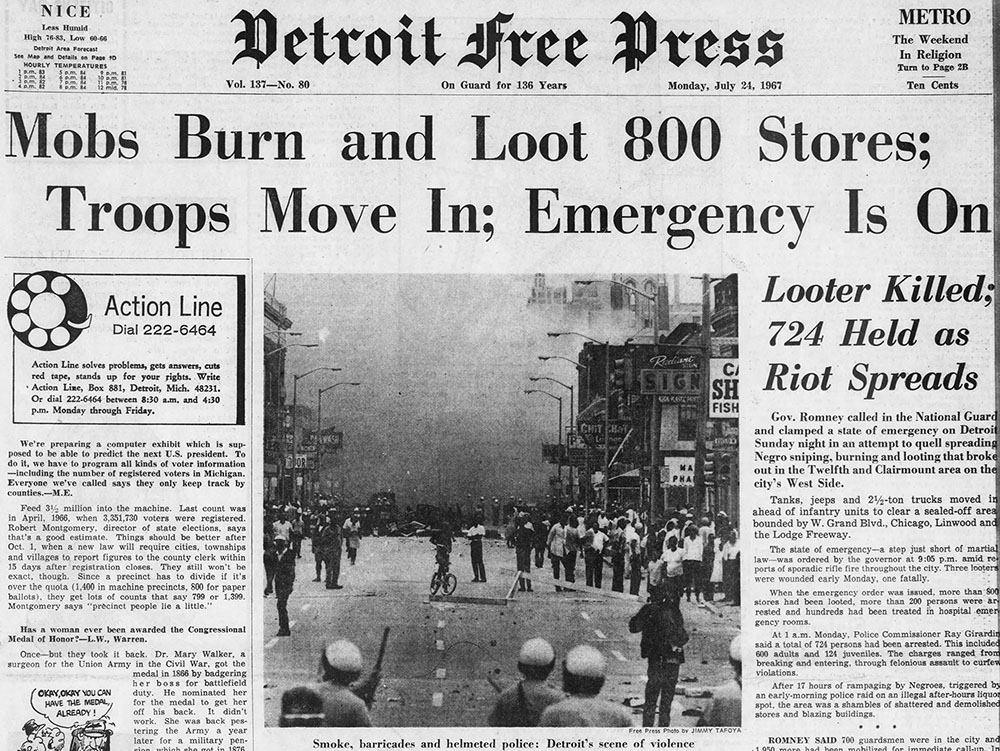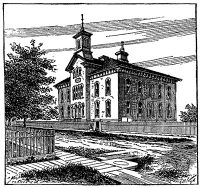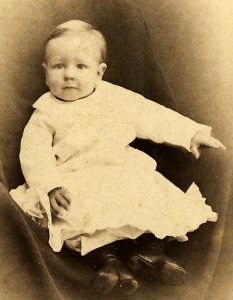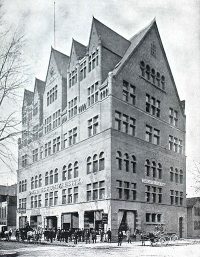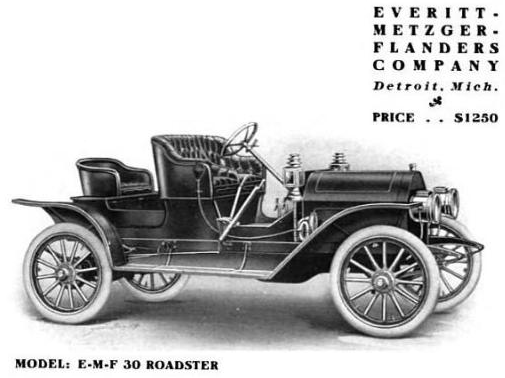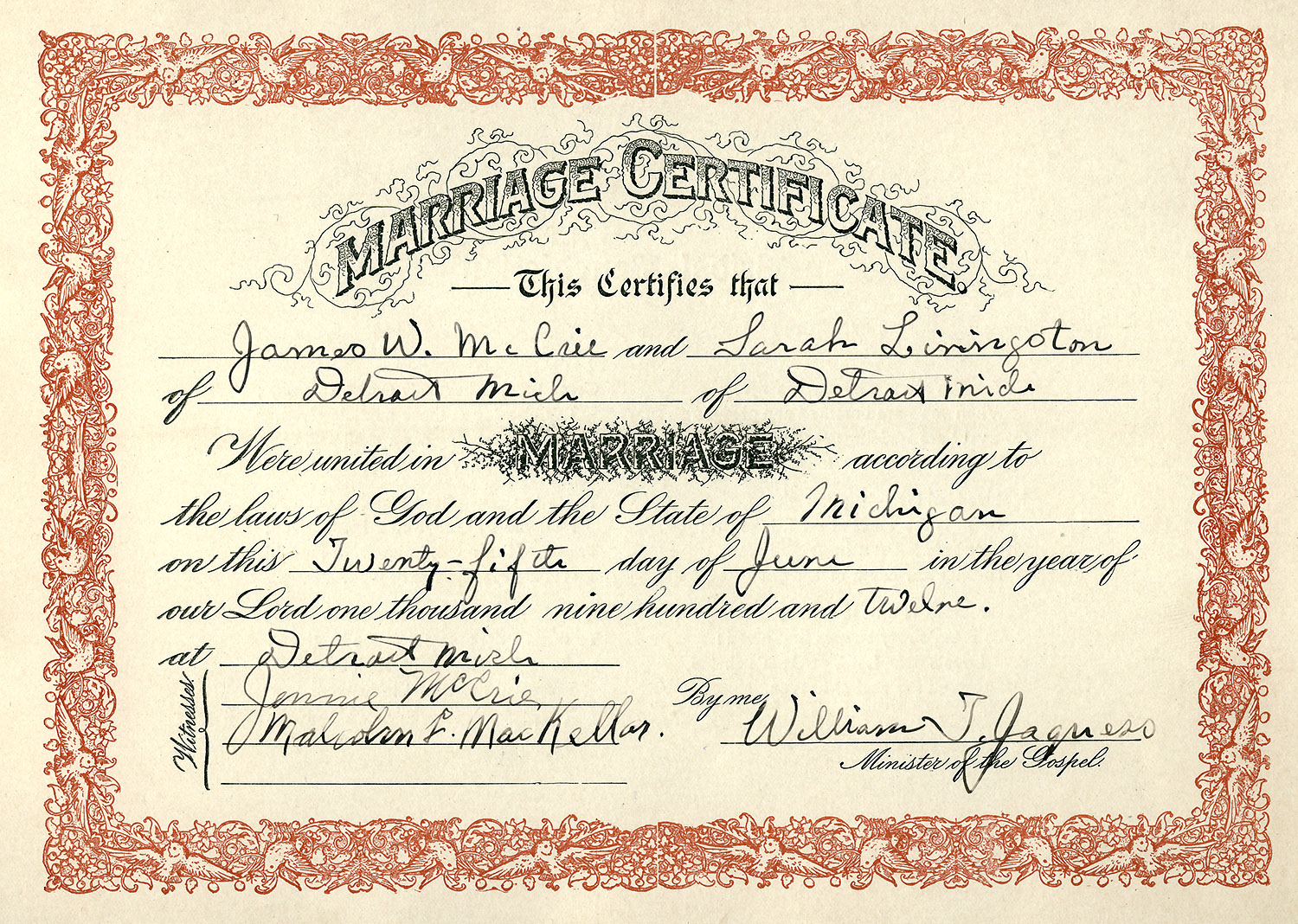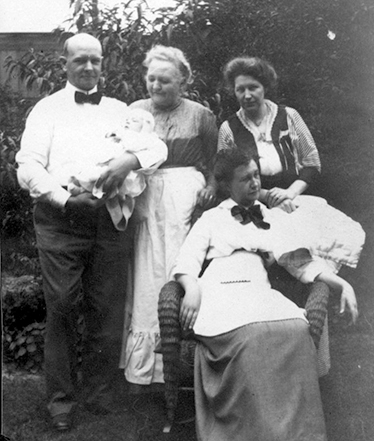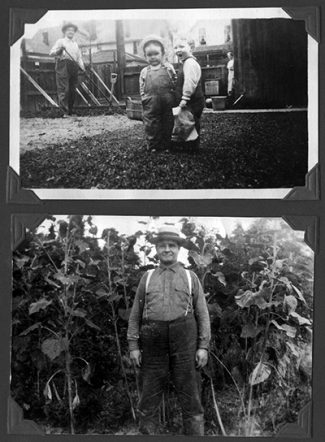
My mother, Jean Campbell (nee McCrie) Schutze, lived her whole life in one house. The only exception was when she and my father, who worked for the Department of the Army, lived in Washington, D.C., during World War II.
She was born, raised, married, and died in the house at 3087 14th Avenue in Detroit, Michigan. Her mother gave birth to her at home (on the kitchen table according to family legend) in 1917, and she was married in the living room of the house in 1941. Although she died in a hospital in 1970, she had lapsed into a diabetic coma in her bedroom from which she never woke.
I, too, was raised in this house on 14th Street — it was apparently demoted from an avenue by the time I came along in 1949 — and lived there until I was in my mid twenties.
The house, long ago demolished, is still very real in my mind. I can walk through each room, point out where the family members sat at the table, see my mother and grandmother canning vegetables in the kitchen, smell the flowers growing in the back yard. It’s where I spent my formative years with many of the people I’ve loved most in life.

I’ve often thought it would be interesting to research this home that’s so full of memories. So with Detroit street directories and federal censuses in hand, I began to trace the house back into the past, all the way to 1890 when it first appeared in city directories.
The building was similar to its multi-story, multi-family neighbors: a two-story structure with a complete set of living quarters on each floor and separate entrances for the downstairs and upstairs families. In some years there was only one family living in the house, in other years there were two, and sometimes boarders besides.
The first occupant was Richard Shekell, owner of Shekell & Son, a flour and feed store at the corner of Grand River and Cass Avenues. His sons Clyde, Lee, and Percy lived with their widowed father. Richard died by 1893 and the sons moved out.
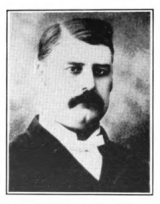

In 1893 the Reverend Andrew Wolff, from Franklin, Indiana, was installed as pastor of the Calvary Presbyterian Church at Michigan and Maybury Avenues.[note]William Downie, A Complete History of Calvary Presbyterian Church: from its beginning in 1868 until its 75th anniversary, May 25th, 1943, (Detroit, Michigan: Calvary Presbyterian Church, 1943). Accessed via Hathitrust Digital Library, https://babel.hathitrust.org/cgi/pt?id=mdp.39015071480811;view=1up;seq=5[/note] In his two year tenure he ruminated on sermons in the home on 14th Ave while his wife Satiah took care of the more temporal concerns. He left at the end of 1894 to assume a pastorate in South Dakota. “As an orator he had few equals in the pulpit, and he was a thinker and a pleasing preacher, capable of expressing in beautiful form some original gems of thought.”[note]“Death of Rev A. T. Wolff, D. D.,” Alton Evening Telegraph (Alton, Illinois), 11 May 1905, p1, c3. Accessed via Newspapers.com, https://www.newspapers.com/image/14714554/[/note]
In 1895 a widow, Elizabeth Hayes, moved in for two years. Her boarder was a young physician, Hugh McEachren, who stayed on to become the primary occupant. He married Jeannette Gilbert in 1897 and the 1900 census shows the couple employed a female servant. McEachren ran his medical practice in his home, and I remember my mother telling me that a doctor used to live in the house, and his office was the room that years later would be my mom and dad’s bedroom. McEachren died in 1906 at age 36 of tuberculosis and his widow moved out. But a boarder, Dr. Nelson MacArthur, became the house’s primary occupant through 1908, probably continuing the medical practice from the home.
The fact that my mother knew about the doctor, and even knew where his office was in the house, leads me to believe he was likely my grandfather James W. McCrie’s boyhood physician.
In 1909 a blacksmith by the name of James Mortson moved into the house. The automobile was in its infancy at the time, and an ad from the Detroit Free Press of 1910 showed that there was still a horse and mule market on 14th Avenue. The 1910 census showed Mortson living with his wife Ida and their son; in the other flat Stanley Perry, a young automobile clerk, lived with his teenage wife Agnes. The house on 14th Avenue in 1910 encapsulated the transition of Detroit from horse and buggy to automobile, with its occupants working different sides of the technological divide.

I remember a large wooden barn, complete with hayloft, in the back yard of our house on 14th Street. By the time I lived there, of course, the barn was used as a car garage, but for many years it would have been a horse and carriage barn for the home’s earlier occupants.
Morton, who became a salesman at the Columbia Buggy Company on Woodward Avenue, was the last occupant of the house before my grandfather, James Wellington McCrie, took over in 1914 with his wife Sarah. A year later they began their family.
Without benefit of land records, the issue of ownership of the house is speculative, but I noticed that the 1900 and 1910 censuses showed the occupants were renters rather than owners. That arrangement changed when James W. McCrie moved in, and the 1920 and subsequent censuses showed that he owned the house, lived in the downstairs flat, and rented out the upstairs flat.
It’s my suspicion that the house was owned from its beginning by James’s father James M. McCrie, who used it for rental income. In family history notes James W.’s daughter Margaret writes “James and Anna [James W. McCrie’s parents] kept roomers in their large home on 14th Street and rented out other properties they owned on 14th and 15th Streets.” It seems reasonable to conclude that James W. was the first occupant to actually own the home because it had been in family hands all along. It would also explain why he would live so close to his mother and sister just one block away. The house may even have been an inheritance upon the passing of his father in the same year James W. married Sarah.
The first upstairs tenant under James W.’s ownership was a dentist, Gordon Hackett, in 1914. The dentist was followed by the widow Fannie Lynn, who in turn was followed by Arthur Post, a motor company clerk, and his wife, two daughters, and sister-in-law. He was followed by another widow, Isabella Burt, and her son, a clerk.
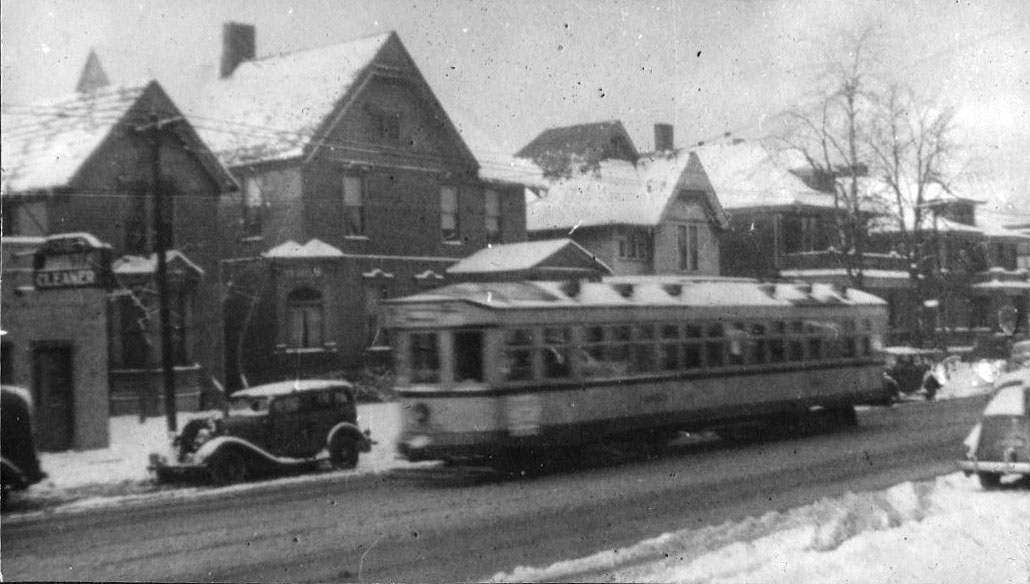
The home on 14th Avenue was between Michigan and Grand River Avenues, not too far from the Detroit River. I could occasionally hear the large freighters’ boat horns, so it’s not surprising that between 1923 and 1925 a boat captain, Jerry Rose, was the tenant. He was followed by Carl Sanchez, an auto worker, and afterward by Jack MacDonald, a painter and decorator, and his wife, daughters, son-in-law, and a roomer. MacDonald’s son-in-law worked as a lithographic laborer and may have known my grandfather from work, since my grandfather was an accountant at a lithographic company.
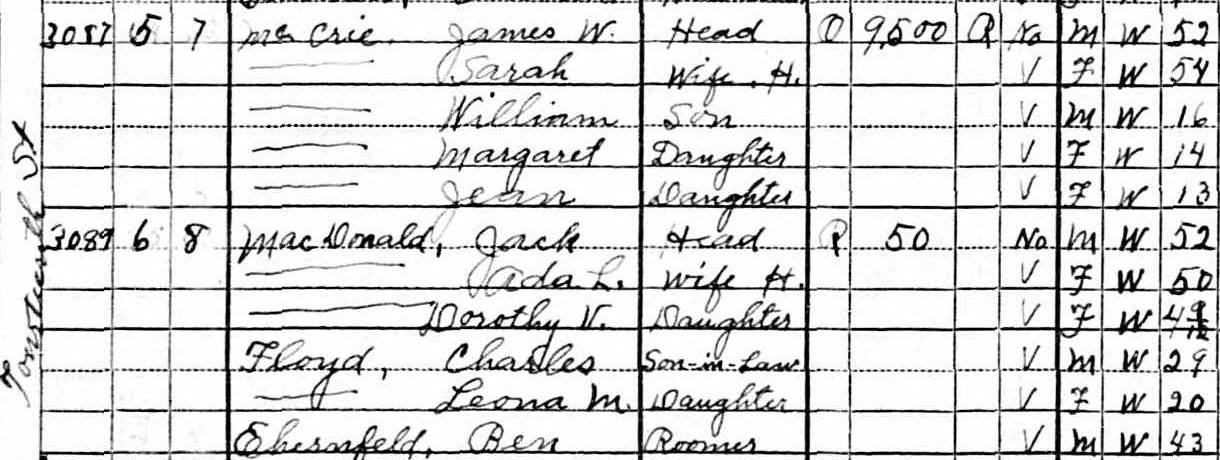
In the 1940 census the upstairs flat was vacant, not surprisingly, as James and Sarah’s eldest child William was married later that year and the upstairs flat was to become his home. James died in 1940; his widow Sarah remained in the downstairs flat with her youngest daughter Jean. The next year, in 1941, Jean married Leonard Schutze and Len joined his wife and mother-in-law in the downstairs home.
This family arrangement was the final one for the house. William, living upstairs, became a computer analyst for IBM, Sperry Rand, and Burroughs, a field that was cutting edge in the 1950s and 1960s. Leonard, living downstairs, worked as an hydraulic engineer for the Army Corps of Engineers, Great Lakes Division. Bill had two children and Len had three.
By the early 1960s the neighborhood was in economic decline while Sarah McCrie was in physical decline. She died in 1963 at age 87. In 1967 the area was engulfed in the Detroit riot; in the ensuing years anyone who could afford it moved out and the neighborhood went to ruin.
William left the house after the 1967 riots; Leonard left in the early 1970s after his wife died and the home became a frequent target for break ins by neighborhood thieves.
William eventually sold the vacant house to a speculator but its days as a home were over. Shortly thereafter the house burned down.
For blocks around there are very few structures remaining. Looking at the area, it is difficult to imagine it was once a thriving neighborhood filled with houses, apartments, schools, grocery, drug, and dime stores, banks, churches, and a gas station.
Houses, even more than people, take their secrets to the grave. But a house that gave shelter and comfort and maybe even some inspiration to generations of Detroiters deserves some kind of obituary.
Lest it be forgotten, this is my humble tribute to the place I still call home.
